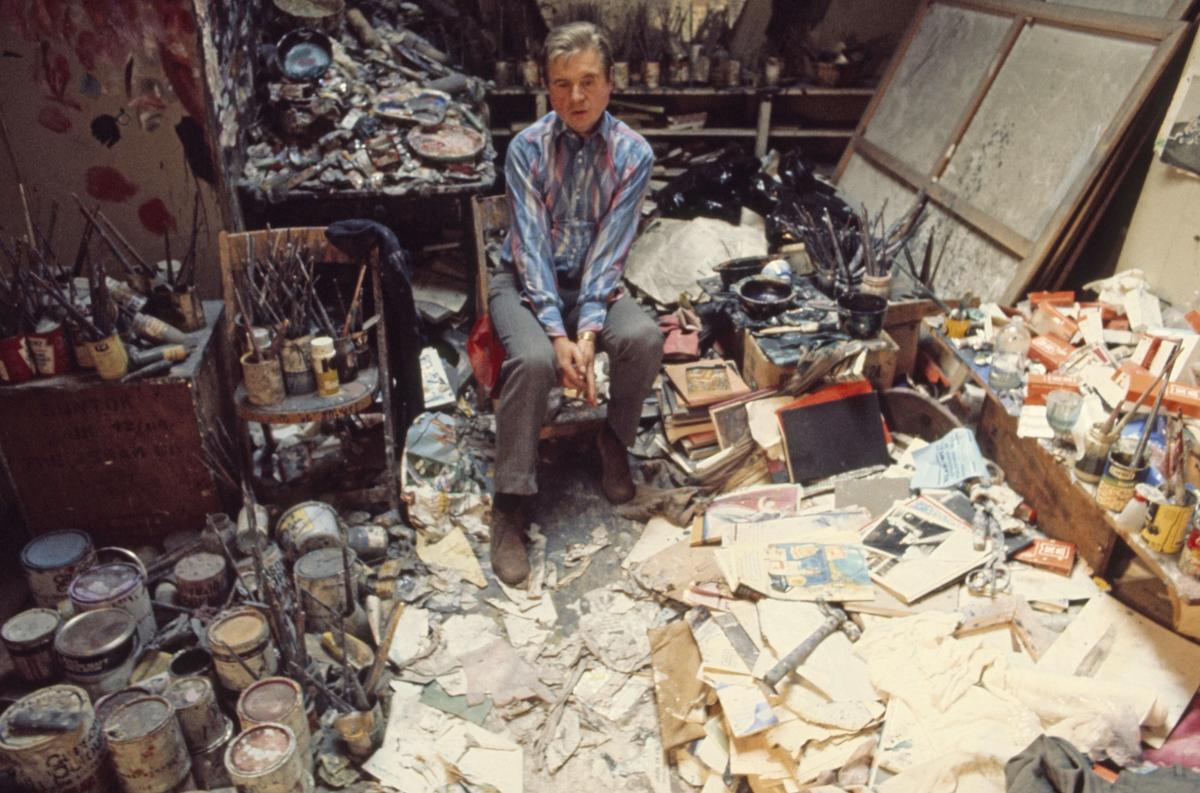Tate is to deaccession a thousand documents and sketches said to have come from the studio of Francis Bacon. The Art Newspaper can report that they are to be returned to Barry Joule, a close friend of the artist, who donated them in 2004.
At the time of the donation the material was apparently valued at around £20m and was described as probably the Tate Archive’s most important acquisition ever.
A Tate statement issued today records that the Joule donation has been “researched by art historians, and this research has raised credible doubts about the nature and quality of the material”.
The statement explains: “The material does not lend itself to any significant exhibition and any potential it held to improve the public’s understanding of Bacon’s art has been exhausted. It has therefore been considered unsuitable for retention in Tate Archive. In the first instance, it has been offered back to the donor, in line with the donor’s wishes.”
Joule has consistently and robustly defended the authenticity of the material.
Canadian-born Joule had been a London neighbour of Bacon’s and developed a friendship with him in 1978. He helped Bacon in various ways up until the artist’s death in 1992. Joule came into possession of a considerable quantity of paper material from Bacon’s London studio at 7 Reece Mews in South Kensington.
The studio material donated to Tate includes 800 magazine and newspaper cuttings, some bearing pencil and pen marks and daubs of paint. There were also 39 photographs of Bacon and his friends, books and other documents. Finally, there is the so-called “X Album” of overpainted sketches which Tate describes as “of unknown authorship”.
The collection
When Tate accepted the 2004 gift it was described in glowing terms: “The trustees of Tate have acquired an archive collection from the studio of Francis Bacon, one of the most important painters of the 20th century, thanks to the generous gift of Barry Joule, a friend of the artist… Tate hopes the acquisition and further study of this material will enable scholars to resolve remaining issues about Bacon’s working practice.”
But since then specialists from the Francis Bacon Estate have studied the material, ending with a negative conclusion. An essay on the donation by the estate’s archivist, Sophie Pretorius, was included in their publication Francis Bacon: Shadows, released in June last year.
Pretorius quotes Andrew Wilson, until last year a senior Tate curator, who believed that the hand(s) that applied the marks “may not have included Bacon to any substantial degree”. She herself concludes that “for scholars to devote time to analysing a collection of works not by Francis Bacon is a waste of resources”.
It is certainly unusual for Tate to deaccession. Under a Parliamentary act, the gallery is normally prohibited from deaccessioning artworks. Although this does not apply to archival material, the gallery follows the same procedure when this is considered, a Tate spokeserson says.
Tate’s trustees have now deemed that the Joule material "can be disposed of without detriment to the interests of students or other members of the public”—and have decided to offer it back to Joule.
After holding the Joule archive for nearly 20 years, a Tate spokesperson says: “Credible doubt has been cast on the majority of the material. While it remains unproven as to whose hand the markings on this material might be attributed, the addition that it represents to the public understanding and enjoyment of Bacon’s art has been exhausted and is no longer suitable for retention in the collection.”
Joule has voiced frustration with Tate’s failure to exhibit his donation, which he insists is fully authentic. In April he told The Observer that he has cancelled plans to donate hundreds more items from Bacon’s studio to Tate. Instead he intends to offer them to the archives of the Centre Pompidou in Paris. “The Tate and Britain will be missing out on part of the nation’s art history of one of their most important painters. I turn my back on the Tate for ever.”


